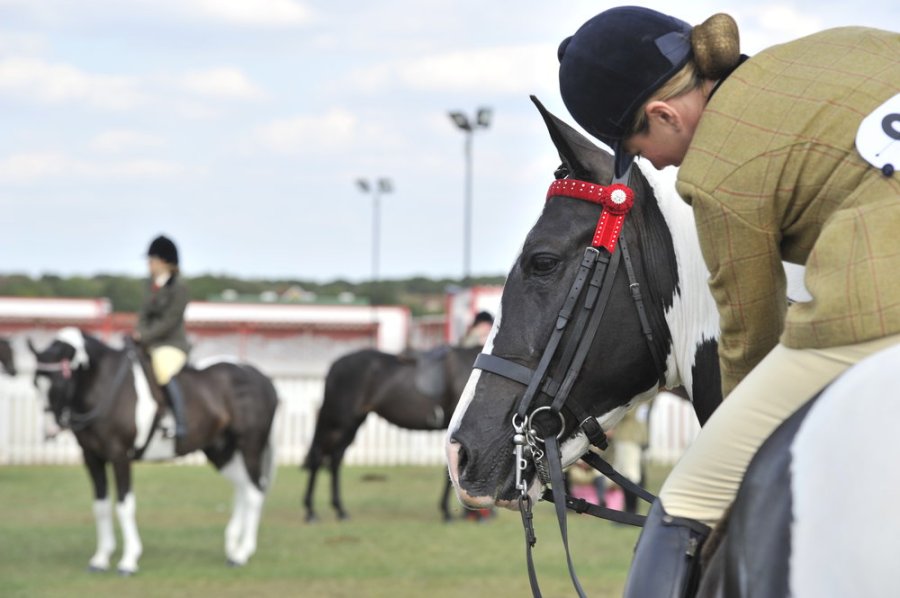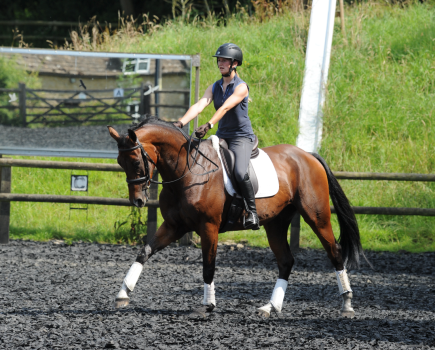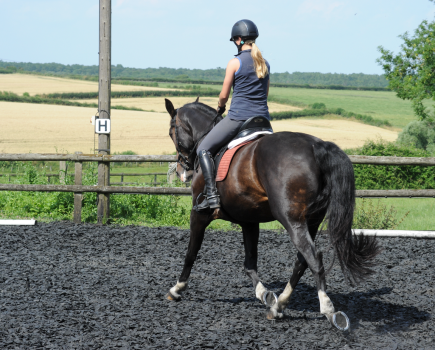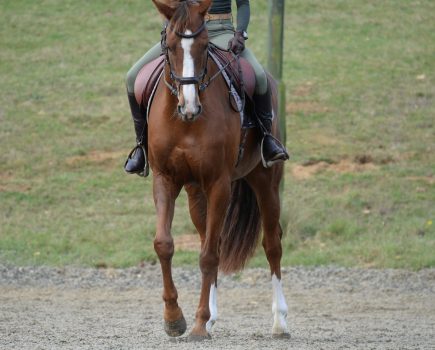Top showing producer Jayne Ross answers your questions on showing. Jayne is a regular winner at championships at Horse of the Year Show, and is the reigning HOYS Supreme Champion, with the mare Time 2 Reflect.
What criteria do judges use so that the competition is fair and not simply the opinion of one person?
There is usually only one judge, so the opinion will be that of one person on the day, which is what showing is all about.
At the same time, it’s hoped that you will be judged in an unbiased and fair fashion and to do this, judges look for specific things.
For example, in a class for traditional breeds, they will be looking for a well put together horse with strong limbs and a proud outlook on life.
He should cover the ground but, like any horse, must have natural balance and draw everyone’s attention with a real “look at me” factor.
Would you recommend showing for children?
I would certainly recommend showing for children, although they do have to learn patience, which mine never did. It is, however, a very useful skill.
There’s a real “feel good factor” about the shows and all the children become firm friends. It’s a safe environment too.
The ponies don’t need to be as fit as they do for disciplines such as hunter trials, so there’s less work for parents when their children are busy with other things like schoolwork.
And, unlike showjumping, there’s not so much dragging around indoor shows during the winter in preparation for the summer season. Children can use their dressage lessons in the show world as well.
What can I do to make my horse stand out in a riding horse class, and what kit should we both be wearing?
The kit you’ll need for a riding school class is the same as you would wear for a hunter class: a tweed jacket, black or blue beagle or strap hat (depending on show rules), buff breeches, shirt and tie (with tiepin), and black or brown boots.
It is correct to wear spurs, but you can wear dummy spurs if necessary. Tack should be as discreet as possible; we use black or brown numnahs with a leather girth, and a riding horse should also have a coloured browband.
If you are in an open class, you should have a double bridle or Pelham with two reins; if a novice class, then a snaffle and one rein is fine. If you want to look really smart, colour coordinate your tie to match your browband.
Judges are looking for a nice turnout and well schooled horse. Remember that your horse may be ridden by a judge, so make sure you have practised with someone else on board beforehand.
Riding horses are expected to extend in canter too. It doesn’t have to be a full-blown gallop, but practice lowering and lengthening at home, as first impressions on the go-round have a big impact. Also, practice standing your horse up in hand and leading him out in walk and trot.









